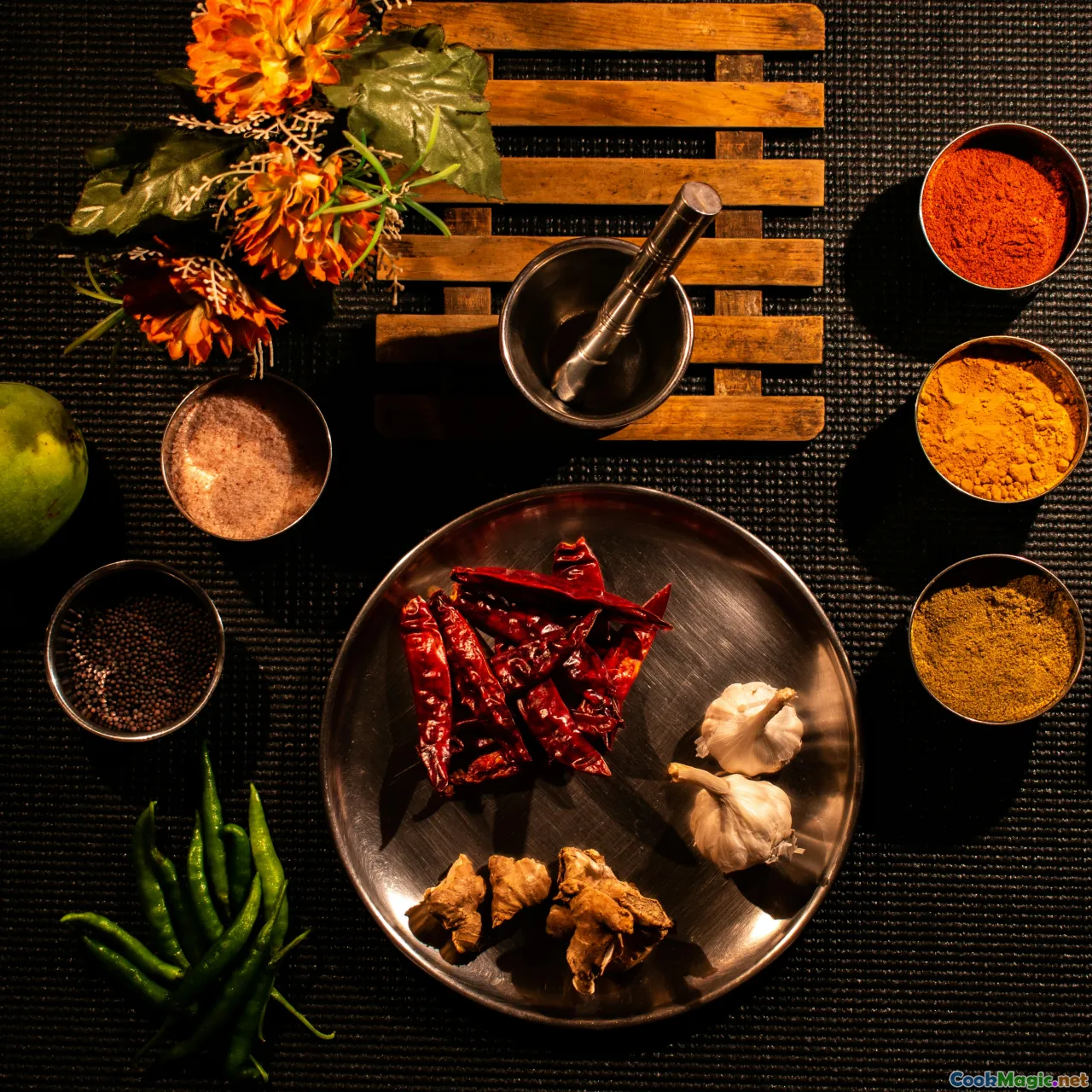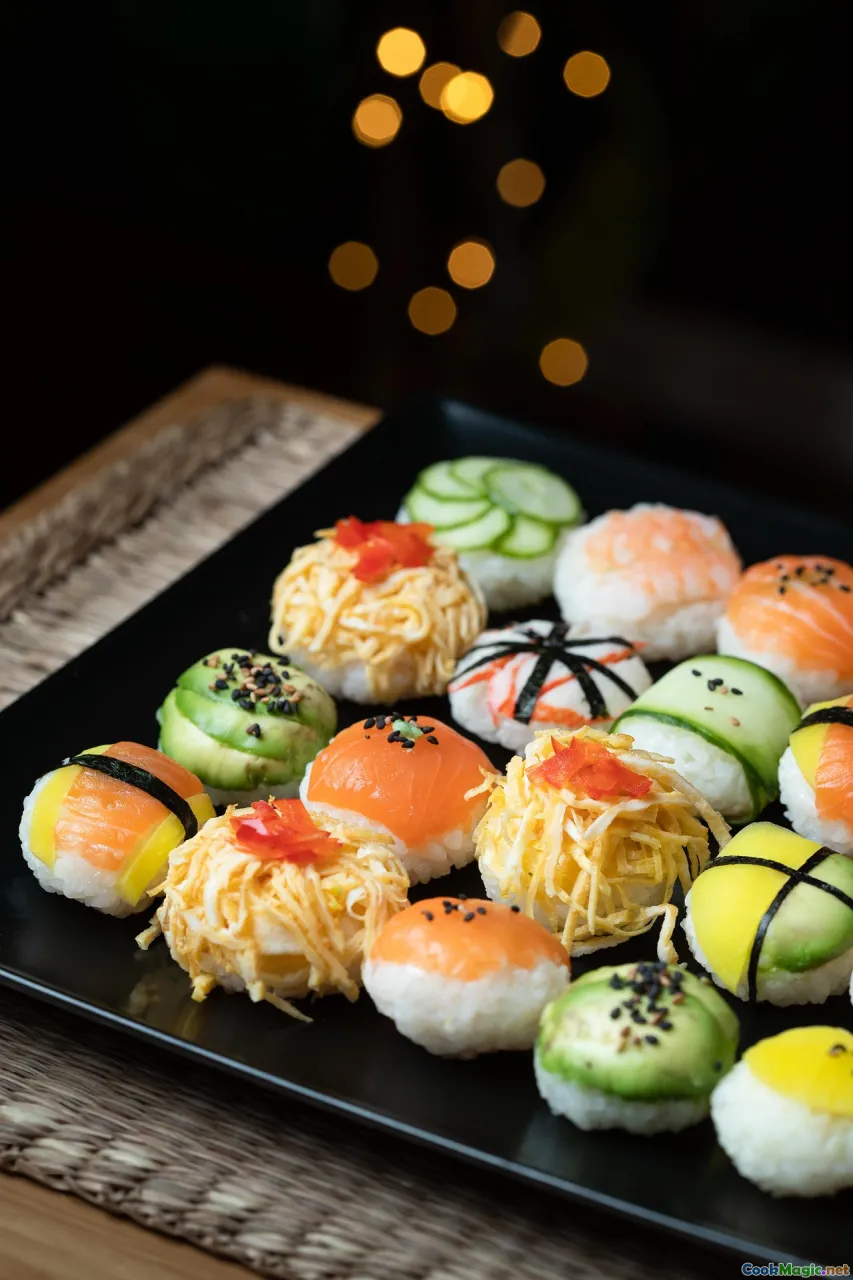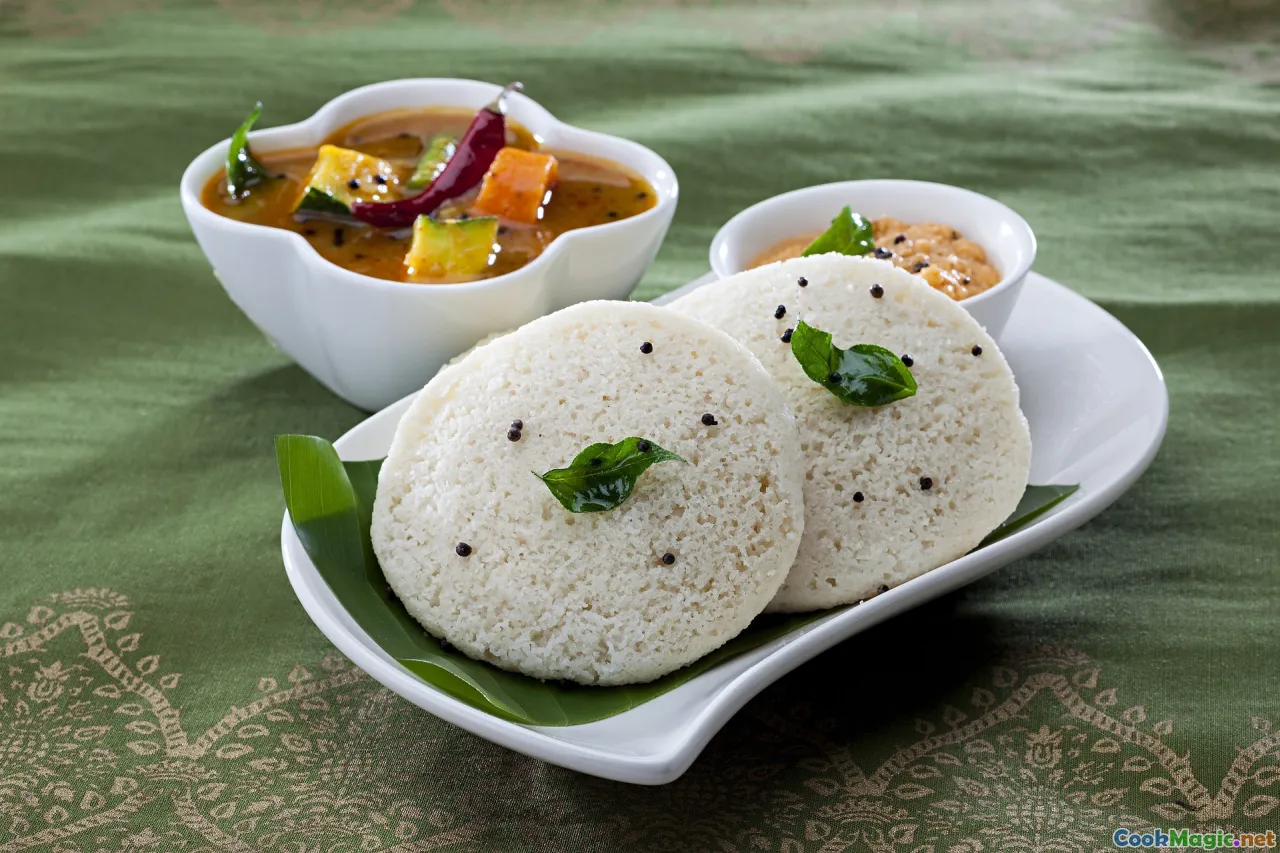Using Indian Spices to Rethink Traditional Sushi Rolls
11 min read Explore the creative marriage of Indian spices with traditional sushi to redefine flavor profiles and culinary boundaries. July 04, 2025 09:05
Using Indian Spices to Rethink Traditional Sushi Rolls
Few cuisines evoke the delicate balance of flavors and textures quite like Japanese sushi; yet, as culinary boundaries blur and chefs embrace innovation, the fusion of traditions becomes an exhilarating dance. Indian spices, renowned for their bold aromatics and complex layering, present an exciting frontier to reimagine the humble sushi roll. Imagine the fragrant warmth of cumin and coriander intertwined with vinegared rice, or the fiery kick of red chili against the soothing coolness of fresh fish. This cross-cultural culinary experiment doesn’t just challenge conventions—it celebrates the shared palate of global comfort.
In this deep dive, I invite you to explore how Indian spices can transform the Japanese sushi roll into a pan-Asian masterpiece. From understanding the historical context of spice fusion to practical tips for blending flavors, this article aims to captivate your senses and inspire your kitchen explorations.
The Cultural Echoes: Merging East Asian and Indian Culinary Legacies

Indian and Japanese cuisines, though geographically distant, share a rich heritage rooted in fermentation, seasonality, and light, balanced flavors. Historically, Indian spices have journeyed along trade routes like the Silk Road, mingling with the culinary traditions of Southeast Asia and Japan. Conversely, Japanese techniques inspired by Chinese culinary influences have always valued subtlety and freshness.
This confluence creates fertile ground for creative fusion. A sushi roll tenderly nestled with a coriander-mint salsa mirrors the flavors of Indian chaat—crisp, tangy, and aromatic. Meanwhile, the use of roasted cumin seeds in rice can add a warm, toasted note reminiscent of Indian biryani, elevating this humble, minimalist dish.
Personal insight: I remember tasting a 'Masala Maki' during a Tokyo street food festival where a chef combined lightly pickled vegetables with wasabi-infused paneer, wrapped tightly in nori and dusted with chaat masala—a vivid testament to cross-cultural storytelling through food.
Reimagining Sushi Fillings and Wraps: Indian Spice-Infused Variations

Spiced Tofu & Paneer Sushi
Replace traditional fish or shrimp with perfectly grilled paneer, marinated in turmeric, garam masala, and a hint of fenugreek. The firm, creamy texture of paneer absorbs spices beautifully, providing a hearty, vegetarian alternative. Use a touch of mango powder or amchur for that tangy dimension, reminiscent of Indian pickles.
Masala Salmon or Chicken
Elevate salmon by marinating it in a blend of cumin, coriander, chili powder, lime juice, and ginger-garlic paste before searing or curing. Wrap it alongside a thin spread of mint-cilantro chutney, all rolled with seasoned rice. For chicken lovers, pre-cooked spicy chicken tikka minced into a smooth paste can serve as a filling, offering a smoky, earthy depth.
Spiced Vegetable Medley
Incorporate roasted, seasoned vegetables—carrots, sweet potatoes, aubergines—with Indian spice blends: a dash of turmeric, sautéed cumin seeds, or Hing (asafoetida). These bring a vibrant burst of flavor and color, echoing the vibrancy of Indian thalis.
Techniques for Harmonizing Indian Spices with Sushi Foundations

Achieving harmony demands precision. Indian spices are potent, and their boldness can overpower delicate sushi ingredients if not balanced properly. Tip 1: Toast Your Spices—dry-roasting cumin, coriander, and mustard seeds enhances their aroma and mellows sharp edges, creating a warm base for your fillings.Tip 2: Use Fresh and Quality Spices—buy whole spices and grind them fresh. Their volatile oils lend a brighter, more nuanced flavor. Tip 3: Balance Heat with Acidity and Cool Elements—pair chili powders with acidic elements like lime or vinegar. Incorporate cooling herbs like mint and cilantro to counterbalance heat.Tip 4: Layer Flavors Gradually—start with minimal spice in the rice, enhance fillings with more robust seasonings, and finish with a sprinkle of sumac or chaat masala just before serving.
Visual and Textural Contrasts: Melding Soft and Crunchy

Indian cuisine excels in texture—crispy papadum, crunchy sev, and tender cooked vegetables—paralleling sushi’s contrasting textures. To marry these:
- Incorporate crunchy elements like tempura battered curry leaves or roasted chickpeas atop spiced sushi.
- Use dehydration or quick pickling to add tang and crunch to vegetables containing spices.
- Encapsulate a fiery ginger-lime gelee inside the roll to surprise the palate.
The goal is to balance a soft, vinegared rice base with crisp, spicy, or creamy additions, creating a multi-sensory experience.
Garnishes, Dips, and Finishing Touches: A Spice-Laden Exaltation

The final flourish can tie together Indian and Japanese elements
- Herb and Spice Drapes: Fresh cilantro leaves, thinly sliced chilies, lime wedges, and a sprinkle of chaat masala or kala namak.
- Dips and Sauces: Mango chutney-based sauces, mint-cilantro chutney, or spicy tamarind glaze to elevate each bite.
- Presentation: Use banana leaves or traditional bamboo mats with vibrant, colorful garnishes—think tiny turmeric-yellow dots, cumin seeds sprinkled on top, or a drizzle of chili oil.
These elements are not just decorative—they amplify aroma, add complementary textures, and tell a story of cultural blending.
Practical Tips for Chefs and Home Cooks: Crafting Your Indian-Inspired Sushi

- Start Small—experiment with one Indian spice or ingredient at a time to understand its impact.
- Use Quality Ingredients—grain, rice, spices, and produce make or break the dish.
- Adjust Spice Levels—not everyone appreciates overwhelming heat. Balance with cooling elements and acidity.
- Layer Flavors Thoughtfully—think in terms of taste progression, from smoky to tangy, from spicy to refreshing.
- Cultural Respect—emphasize authenticity in spice blends and methods; cultural sensitivity enriches the culinary dialogue.
Sample Simple Recipe: Masala Infused Salmon Sushi Rolls
Ingredients:
- Sushi rice 2 cups
- Nori sheets 4
- Fresh salmon fillet 200g
- Garam masala, turmeric, cumin, chili powder
- Lemon juice
- Fresh mint and cilantro
- Soy sauce
- Wasabi and pickled ginger
Method:
- Marinate thinly sliced salmon in lemon juice mixed with a pinch of garam masala, cumin, and chili powder. Set aside for 15 minutes.
- Cook sushi rice with a little turmeric for color and flavor; allow to cool.
- Place a nori sheet on bamboo mat, spread rice evenly, leaving the top edge clear.
- Arrange marinated salmon slices and a few sprigs of mint and cilantro along one edge.
- Roll tightly, seal, and slice into bite-sized pieces.
- Garnish with fresh herbs and serve with spicy soy dipping sauce.
Such experiments show that Indian spices are not just ingredients—they’re story-tellers, weaving a narrative of cross-cultural respect and adventurous fusion.
Embracing the Pan-Asian Fusion Future
The culinary landscape is infinite in possibilities. Using Indian spices to rethink sushi isn’t about replacing tradition but about extending its horizons, honoring its essence while inviting new tastes and textures. Whether it’s a home dinner or a professional tasting menu, this fusion ignites curiosity and celebrates the unity of diverse culinary worlds.
So next time you roll sushi, consider a pinch of cumin, a lens of coriander, or a streak of fiery chili—your dishes could become a beacon of pan-Asian innovation, a flavorful testament to our interconnected histories and shared future. Happy fusing!









